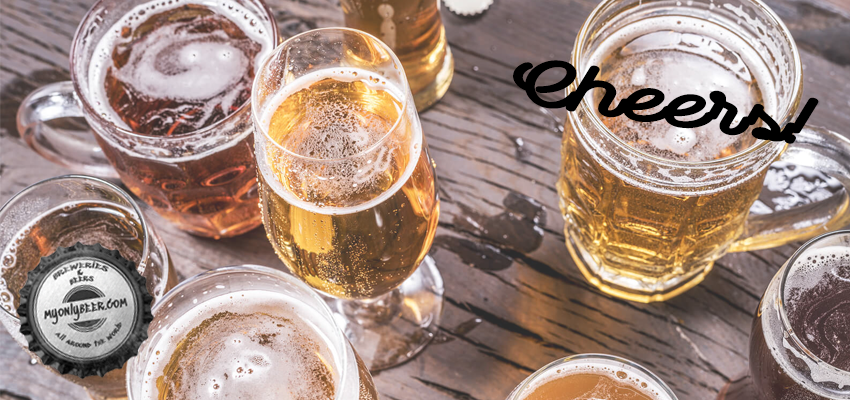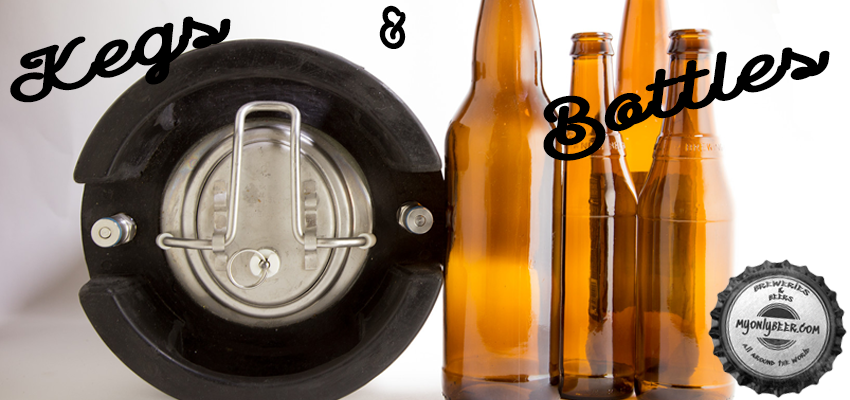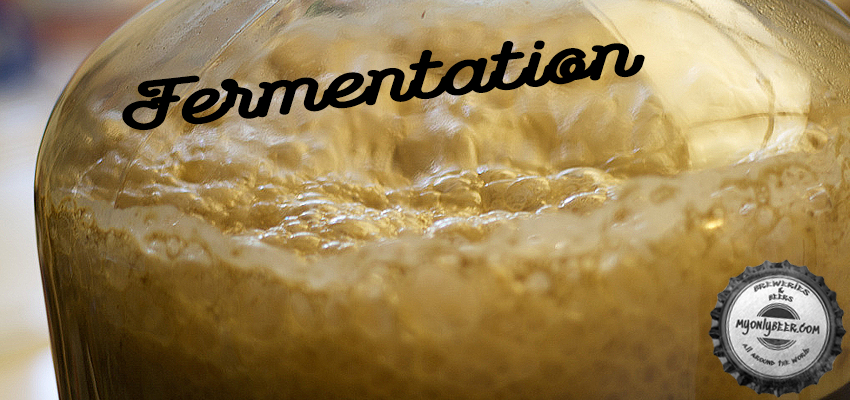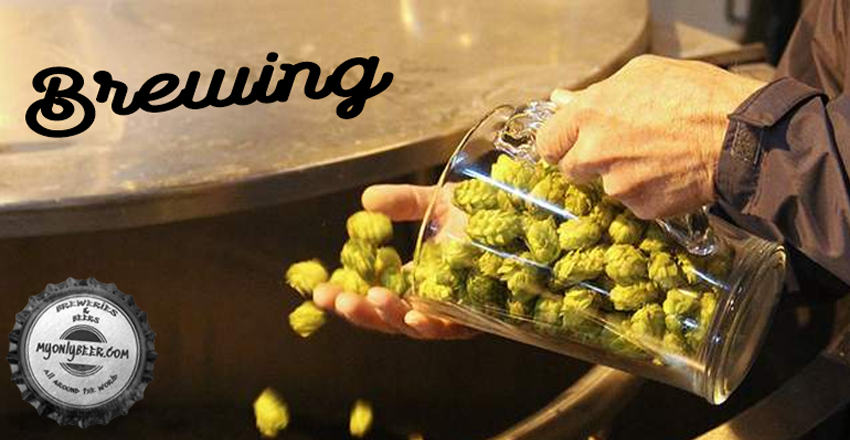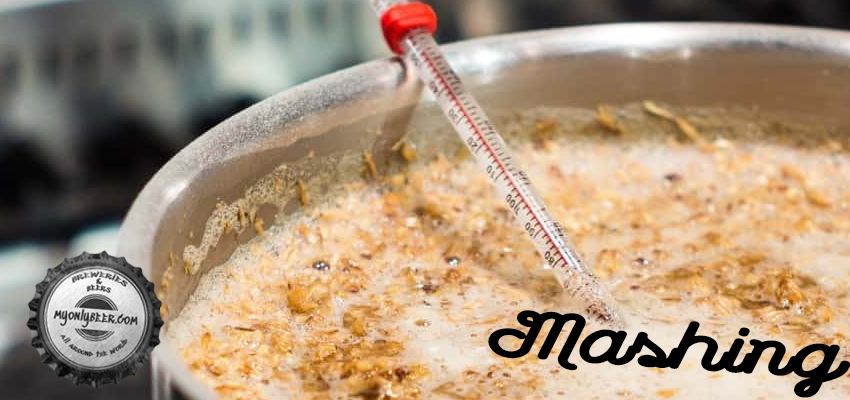Craft beer ingredient: the miracle of water
Education and Training Workshops

Water, perhaps the most obvious ingredient. Water, however, is 80/90% of all ingredients and therefore requires careful analysis. To make the difference between a good beer and an excellent beer which water is better for triggering better chemical reactions?
Assuming that the water is drinkable and therefore useful for producing beer, there are famous waters in the world, famous for the IPA, famous for the stout, famous for the high concentrations of minerals, and so on. Let's start by saying that water is measured by its "hardness" and its fixed residue. For example, waters below 100 ppm are called light, between 100 and 200 ppm medium and over 200 ppm heavy.
The main values to keep under control are: Na (Sodium), Ca (Calcium), Mg (Magnesium), SO (Sulphate), HCO (Calcium Bicarbonate) and Cl (Chlorine) this set of minerals present in the water influence the PH of the must during the production cycle and the chemical reactions initiated in it.
CL | HCO | SO | NA | MG | CA |
|
5 | 15 | 5 | 2 | 2 | 7 | Pilsner |
2 | 150 | 10 | 2 | 18 | 75 | Munchen |
20 | 125 | 55 | 12 | 5 | 120 | Dublin |
60 | 180 | 120 | 60 | 40 | 225 | Dortmund |
35 | 260 | 450 | 25 | 40 | 275 | Burton |
20 | 125 | 40 | 15 | 5 | 90 | Londra |
12 | 120 | 125 | 8 | 60 | 200 | Vienna |
In practice, each of these elements will react with each of the ingredients:
- Calcium helps lower PH and foam formation;
- Magnesium feeds yeasts;
- Sodium accentuates sweet or savory based on concentration;
- The bicarbonate, on the other hand, neutralizes the malt acids and, together with calcium, helps the extraction of coloring agents;
- The high concentration of sulphate accentuates the bitterness of the alpha acids;
- Chlorine in high concentrations hinders the flocculation of yeasts in low concentrations it enhances the sweetness.
The best thing about this article on water is that it characterizes the world's beers, no one will ever be able to match the Aldobrandesque waters of Monte Amiata as well as "l'acqua der nasone de Roma" (characteristic Roman fountain characterized by a long nose, see the picture); the Tennessee water used by the first clandestine distillers to that of Boston used by Samuel Adams; New Zealand water to that of Australian springs. Not to forget the waters of the old European lands of old Bavaria and the special waters of London!
The same waters that irrigate the fields of barley and hops.


